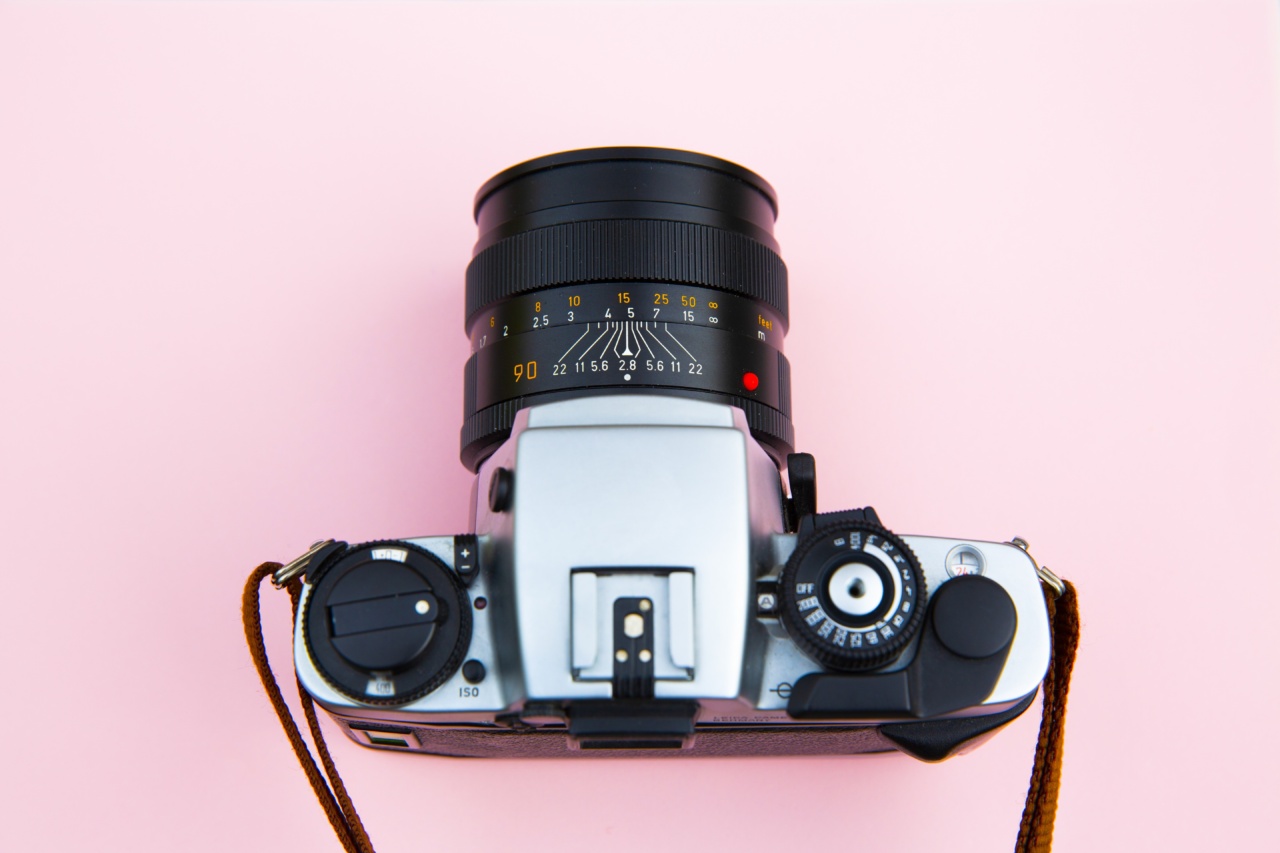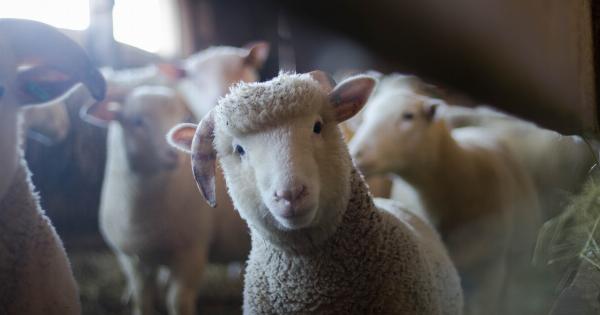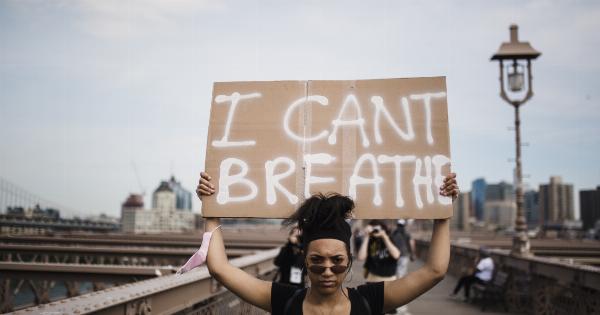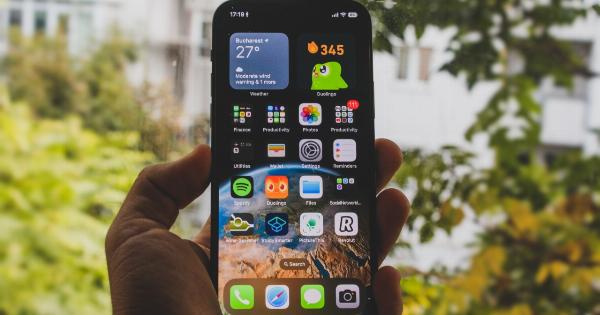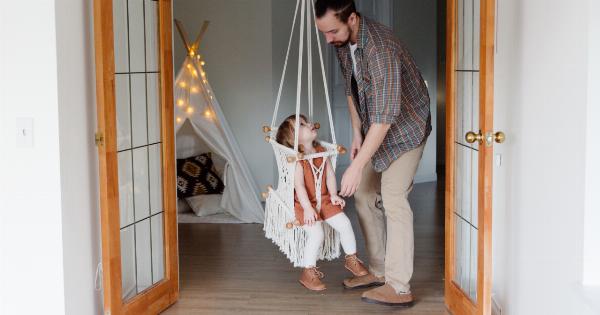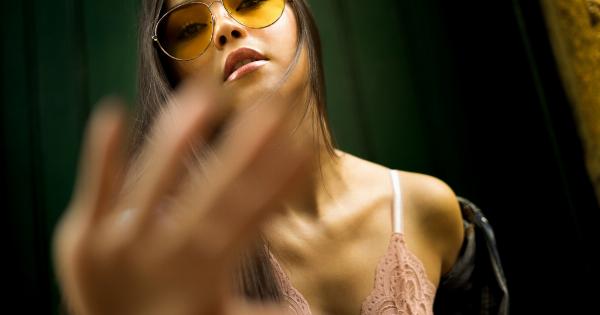Body image perception refers to the way individuals perceive, think about, and feel regarding their physical appearance. For women, in particular, body image perception is greatly influenced by sociocultural factors.
Society’s standards of beauty and the cultural values associated with it can have a significant impact on how women perceive their bodies. This article explores the sociocultural influences on women’s body image perception, shedding light on the societal pressures and norms that shape their views on beauty.
1. Media and Advertising
One of the most prominent sociocultural influences on women’s body image perception is the media and advertising.
Mass media, including television, magazines, movies, and social media platforms, often portray a narrow and unrealistic standard of beauty. Images of thin, flawless, and digitally altered models and celebrities bombard women from an early age, leading to internalization of these ideals as the norm.
2. Peer Influence
Peers, including friends, classmates, and colleagues, play a crucial role in shaping women’s body image perception. Social comparisons and the pressure to conform to societal beauty standards often stem from interactions with peers.
Women may feel compelled to conform to the appearance-related expectations of their social circles, fearing judgment or rejection if they do not meet these standards.
3. Family and Cultural Background
Family and cultural background also contribute to women’s body image perception. Values and beliefs held within a family or cultural context can shape perceptions of beauty and body ideals.
For example, cultures that emphasize thinness may exert additional pressure on women to maintain a certain body size. Similarly, familial attitudes and comments concerning appearance can significantly impact how women perceive themselves.
4. Historical and Cross-Cultural Influences
Body image perceptions are not static and are influenced by historical and cross-cultural factors. Over time, societal beauty ideals have evolved, with different eras valuing different body types.
Additionally, different cultures have varying perceptions of what constitutes an ideal body. For instance, some cultures celebrate fuller figures, while others prioritize slimness. These contrasting beauty ideals can lead to conflicting notions of beauty and influence individual body image perception.
5. Society’s Emphasis on Physical Appearance
Society places immense emphasis on physical appearance, often equating it with worth, success, and happiness. Women internalize these beliefs, leading to an increased focus on their bodies and how they measure up to societal standards.
The constant scrutiny and pressure to achieve an ideal body shape can negatively impact women’s self-esteem and body image perception.
6. Objectification and Sexualization
Women are frequently objectified and sexualized in various contexts, including media, advertising, and even everyday interactions. This constant objectification can contribute to body dissatisfaction and a skewed body image perception.
When women are reduced to their physical appearance, it becomes challenging to develop a healthy and holistic view of oneself.
7. Influence of the Fashion Industry
The fashion industry plays a significant role in shaping women’s body image perception. Fashion trends often promote specific body ideals, and clothing sizes can contribute to feelings of inadequacy or exclusion.
The lack of diverse representation within the fashion industry further reinforces narrow beauty standards, leaving many women feeling alienated or dissatisfied with their bodies.
8. Social Media and Online Influencers
In today’s digital age, social media platforms and online influencers have become powerful agents in shaping body image perception.
These platforms provide a flood of curated images and idealized lifestyles, making it challenging for women to separate reality from the carefully crafted online personas. The constant exposure to these images can fuel comparison, self-doubt, and dissatisfaction with one’s own body.
9. Body Shaming and Fatphobia
Body shaming and fatphobia are pervasive issues that significantly impact women’s body image perception.
Negative comments, discriminatory attitudes, and societal biases towards larger bodies can lead to internalization of shame and a distorted self-perception. The fear of being judged or deemed unworthy due to one’s body size can have severe consequences on mental health and body image perception.
10. Intersectionality and Body Image
It is crucial to acknowledge that women’s body image perception is influenced by their multiple intersecting identities, including race, ethnicity, age, and socioeconomic status.
Intersectionality plays a role in shaping societal beauty ideals and the pressures women face in relation to their bodies. The experiences and challenges encountered by women with non-dominant identities may differ from those with more privilege.
